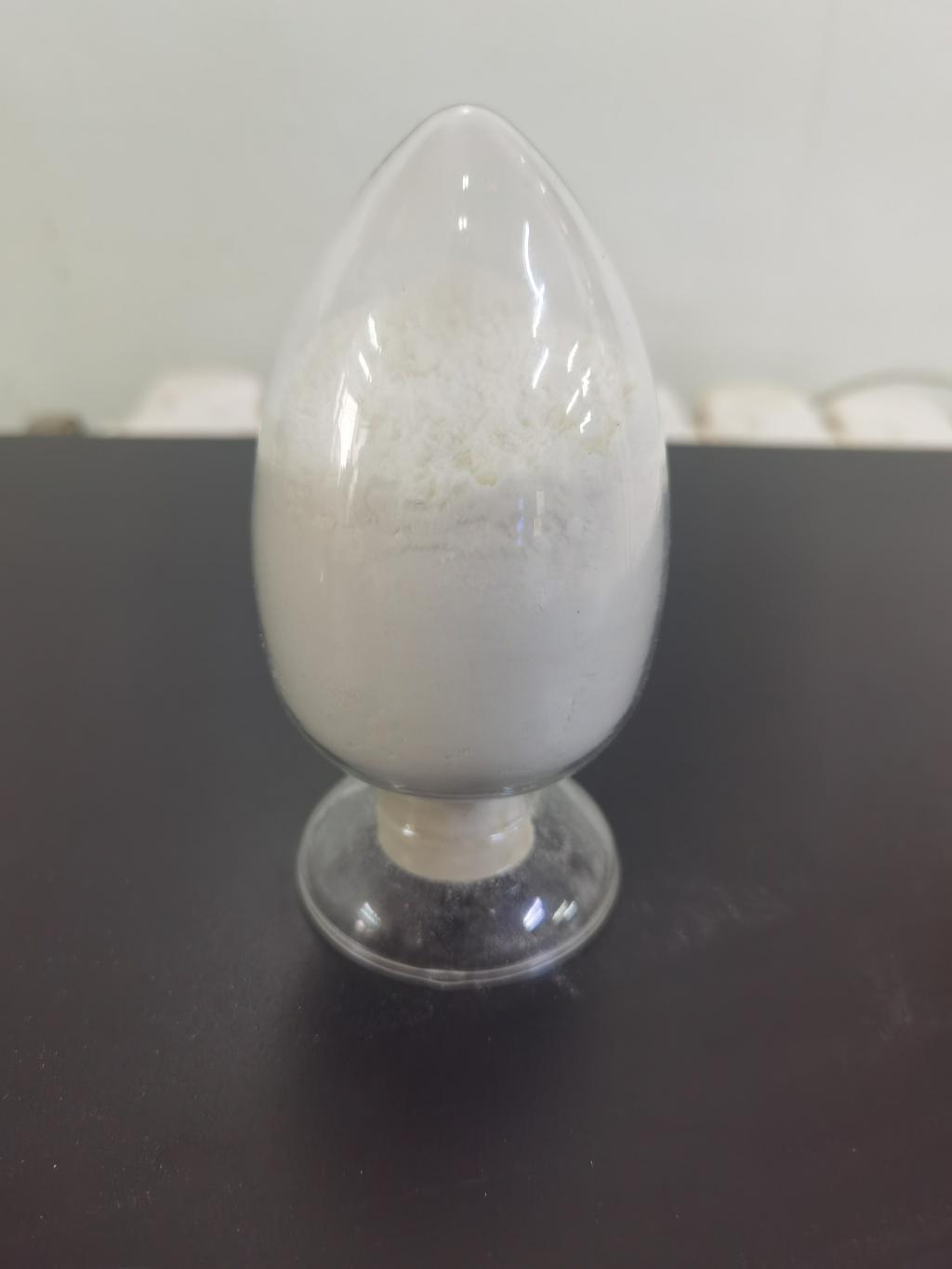Tel:+8618231198596

News
 CONTACT
CONTACT
 CONTACT
CONTACT
- Linkman:Linda Yao
- Tel: +8618231198596
- Email:linda.yao@dcpharma.cn
- Linkman:CHARLES.WANG
- Department:Overseas
- Tel: 0086 0311-85537378 0086 0311-85539701
News
ε-Polylysine hydrochloride: A bio-based solution for enhancing food quality and safety standards.
TIME:2024-04-28
Properties and Production of ε-Polylysine Hydrochloride:
ε-Polylysine hydrochloride is a linear homopolymer composed of multiple lysine residues linked by peptide bonds. It is produced through the fermentation of Streptomyces albulus or other microorganisms capable of biosynthesizing polylysine. The fermentation process yields ε-polylysine, which is subsequently converted into its hydrochloride salt form for enhanced stability and solubility. The resulting ε-polylysine hydrochloride is a white, odorless powder with excellent antimicrobial properties and low toxicity, making it suitable for various food applications.
Antimicrobial Activity and Mechanism of Action:
One of the key attributes of ε-polylysine hydrochloride is its potent antimicrobial activity against a wide range of microorganisms, including Gram-positive and Gram-negative bacteria, yeasts, and molds. The antimicrobial mechanism of ε-polylysine involves electrostatic interactions between positively charged ε-amino groups on the polymer and negatively charged components of microbial cell membranes. This interaction disrupts membrane integrity, leading to leakage of intracellular contents and ultimately cell death. Unlike traditional antimicrobial agents, ε-polylysine hydrochloride exhibits minimal impact on human cells and beneficial microflora, making it a safe and effective preservative for food products.
Applications in Food Preservation:
ε-Polylysine hydrochloride has found widespread applications in food preservation, where it serves as a natural alternative to synthetic preservatives and chemical additives. Due to its broad-spectrum antimicrobial activity and stability over a wide range of pH and temperature conditions, ε-polylysine hydrochloride is effective in inhibiting microbial growth and extending the shelf life of various food products. It is commonly used in meat, poultry, seafood, dairy, bakery, and fermented foods to prevent spoilage, control pathogens, and improve overall product safety and quality.
Benefits of ε-Polylysine Hydrochloride:
Enhanced Food Safety: By inhibiting the growth of pathogenic and spoilage microorganisms, ε-polylysine hydrochloride helps reduce the risk of foodborne illnesses and microbial contamination, enhancing food safety for consumers.
Extended Shelf Life: The antimicrobial properties of ε-polylysine hydrochloride contribute to prolonging the shelf life of food products, reducing food waste, and optimizing inventory management for manufacturers and retailers.
Clean Labeling: As a naturally derived compound, ε-polylysine hydrochloride aligns with clean labeling trends and consumer preferences for transparent ingredient lists without synthetic additives or preservatives.
Minimal Impact on Sensory Attributes: Unlike some chemical preservatives, ε-polylysine hydrochloride does not significantly alter the taste, texture, or appearance of food products, allowing manufacturers to maintain sensory quality and consumer acceptance.
Regulatory Considerations:
In most countries, including the United States, European Union, Japan, and China, ε-polylysine hydrochloride is approved for use as a food additive with specific regulatory specifications and maximum usage levels established for various food categories. Regulatory authorities evaluate the safety of ε-polylysine hydrochloride based on toxicological data, including acute and chronic toxicity studies, genotoxicity assessments, and allergenicity tests. Manufacturers are required to adhere to regulatory guidelines, labeling requirements, and good manufacturing practices to ensure compliance with food safety regulations and consumer protection standards.
Future Directions and Conclusion:
As the global demand for safe and high-quality food products continues to rise, the adoption of bio-based preservatives such as ε-polylysine hydrochloride is expected to increase. Future research and development efforts may focus on optimizing production processes, exploring novel applications, and addressing specific challenges related to stability, solubility, and formulation compatibility. Collaborative initiatives between industry stakeholders, regulatory authorities, and research institutions will play a crucial role in advancing the use of ε-polylysine hydrochloride as a sustainable solution for enhancing food quality and safety standards. By harnessing the potential of ε-polylysine hydrochloride, the food industry can meet evolving consumer expectations while promoting a healthier and more sustainable food supply chain.
- Tel:+8618231198596
- Whatsapp:18231198596
- Chat With Skype







